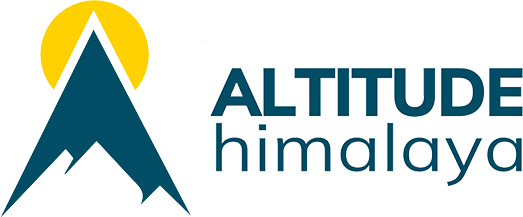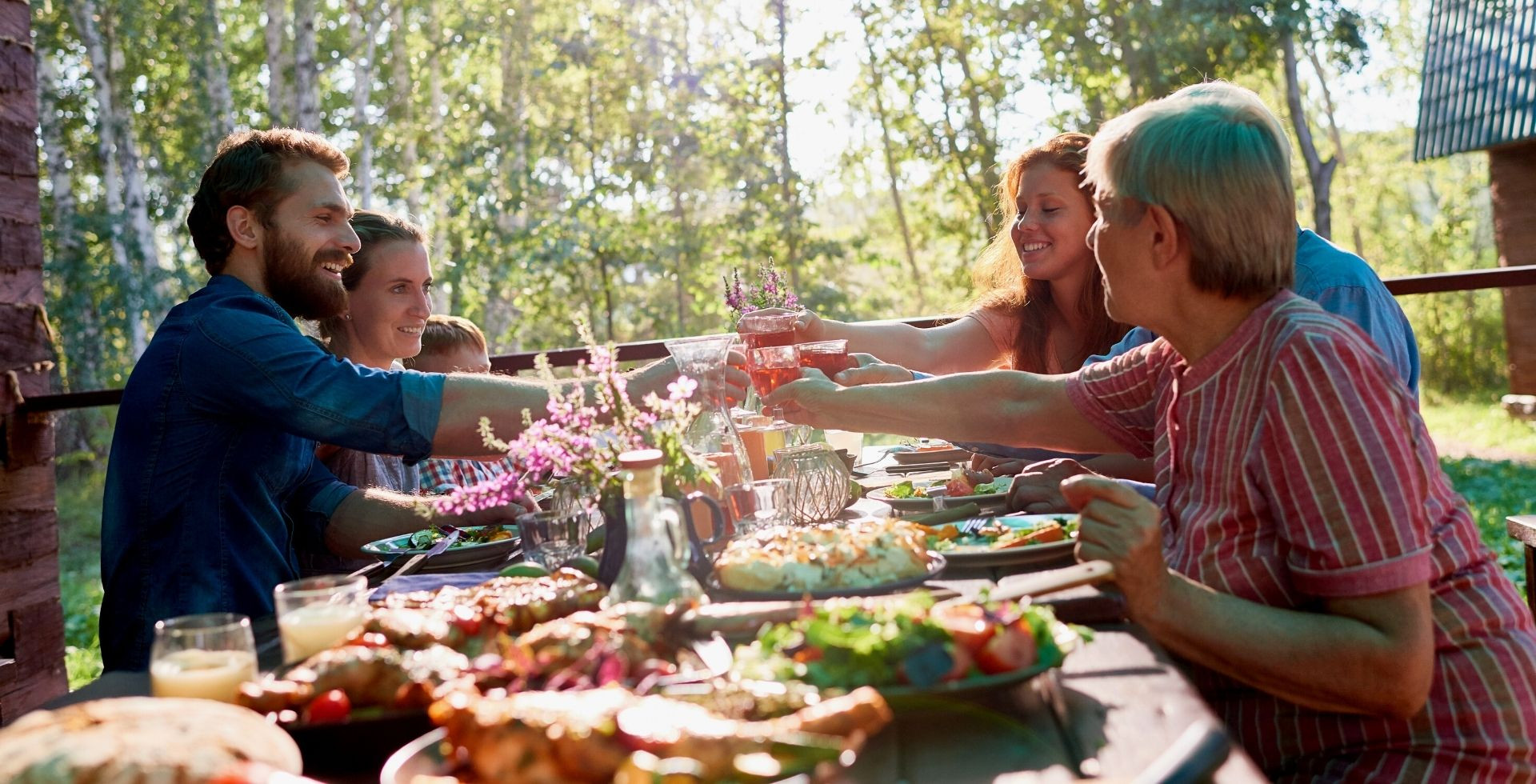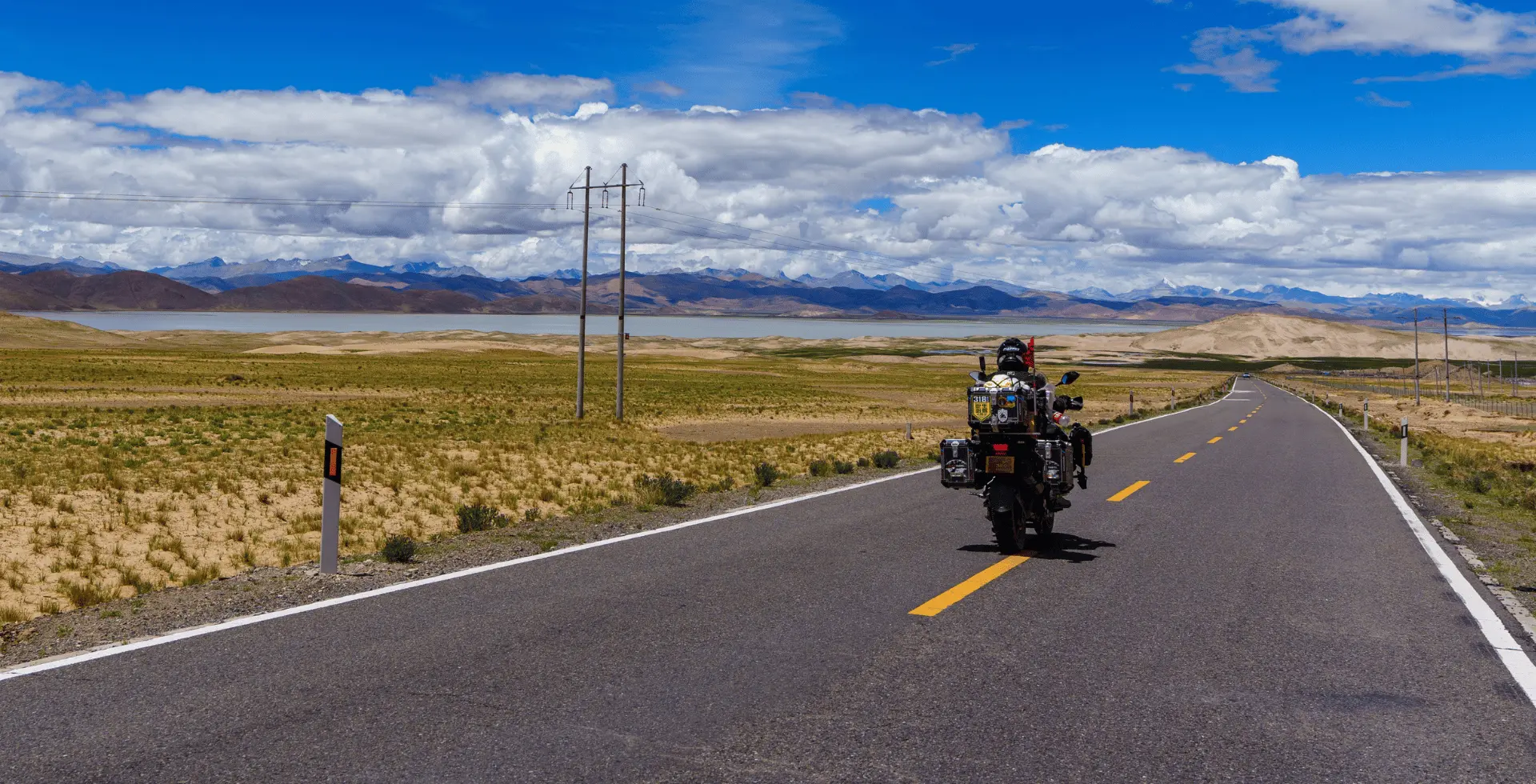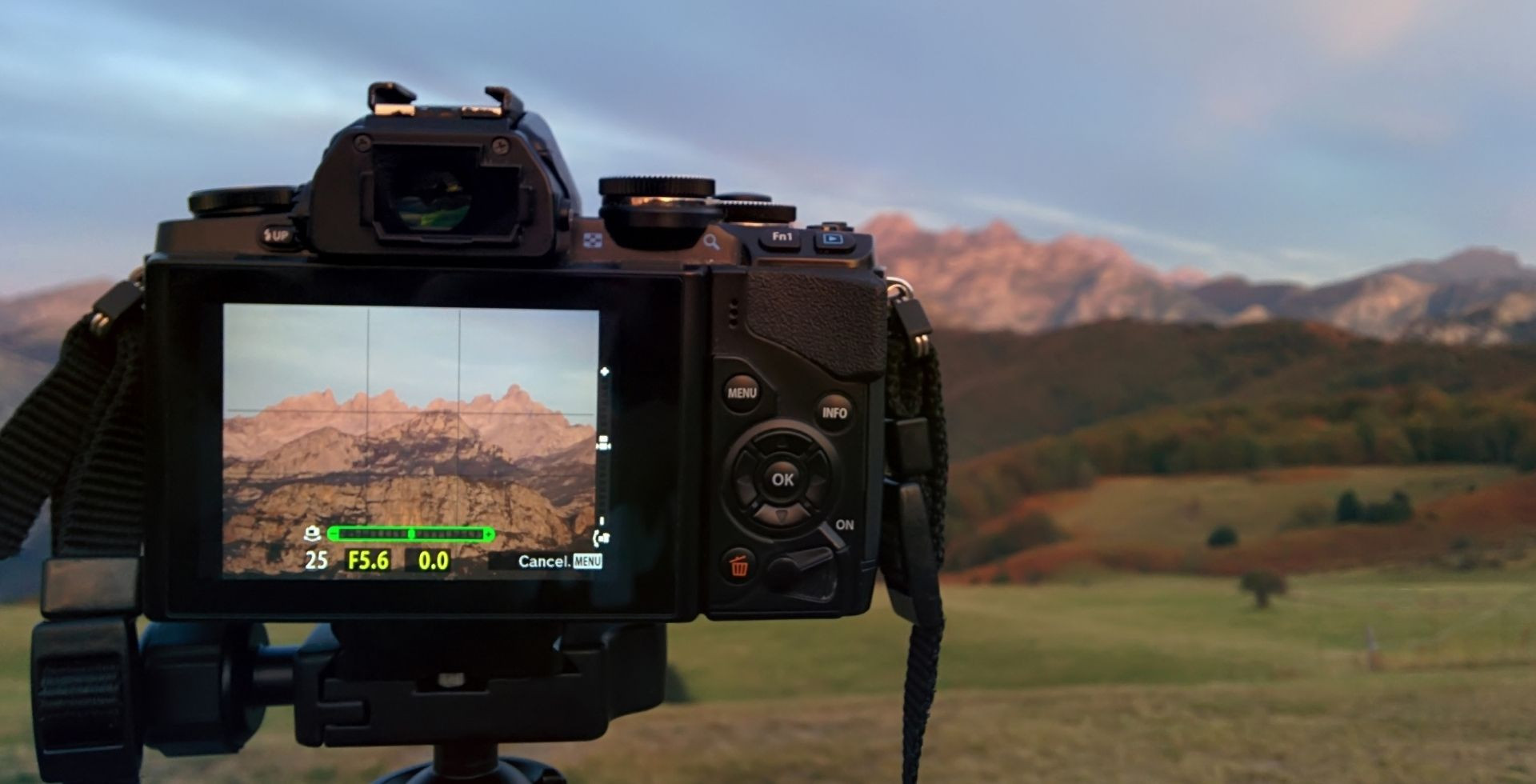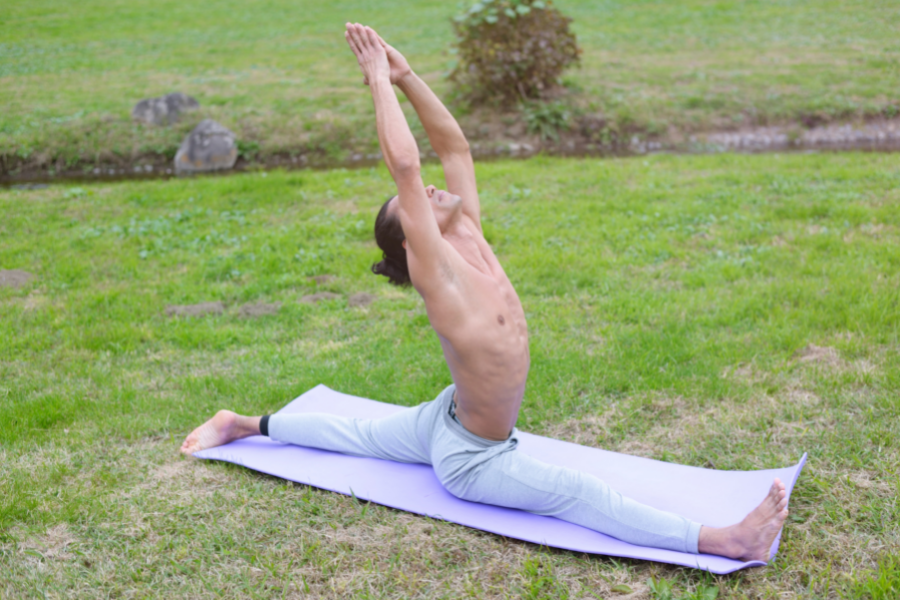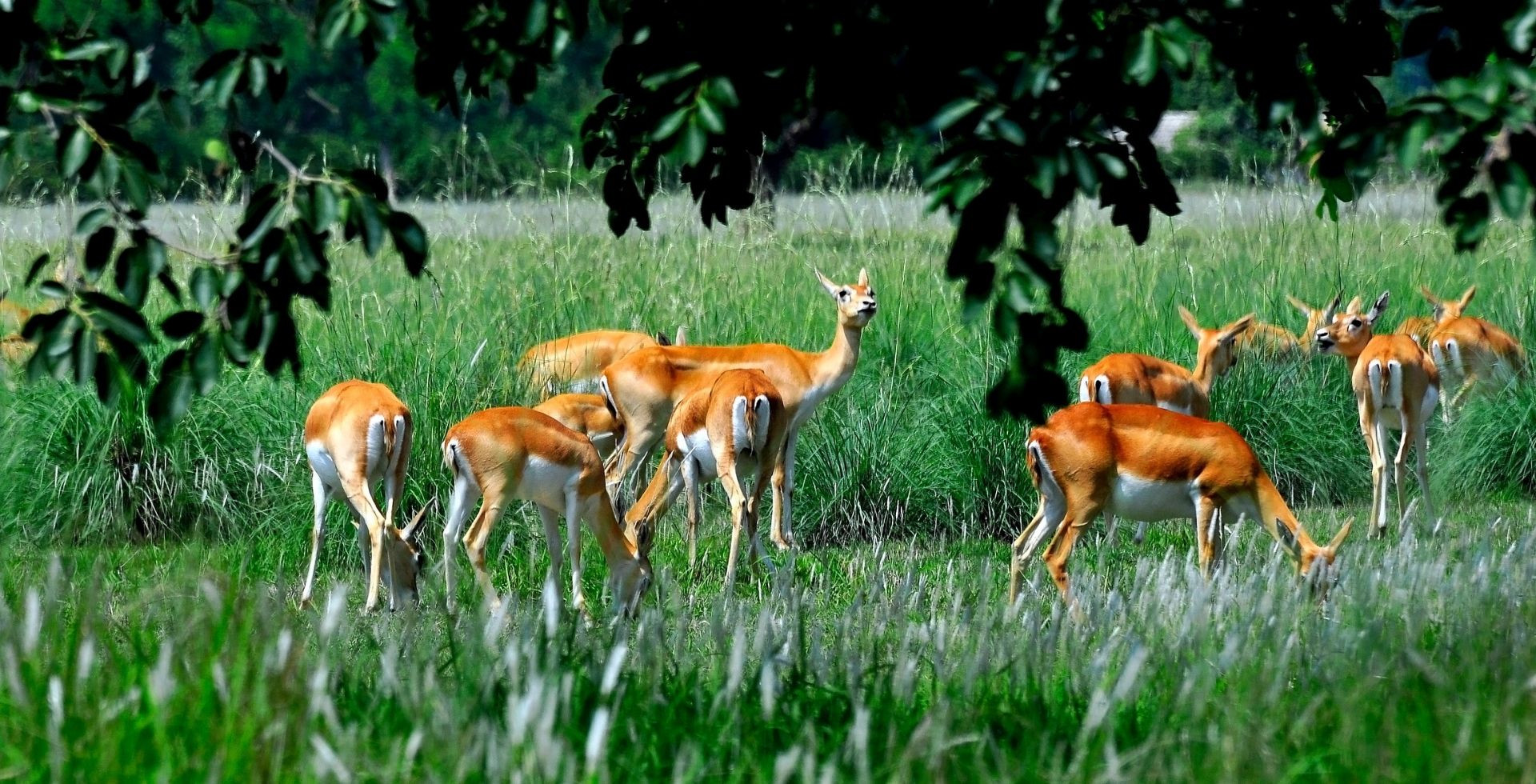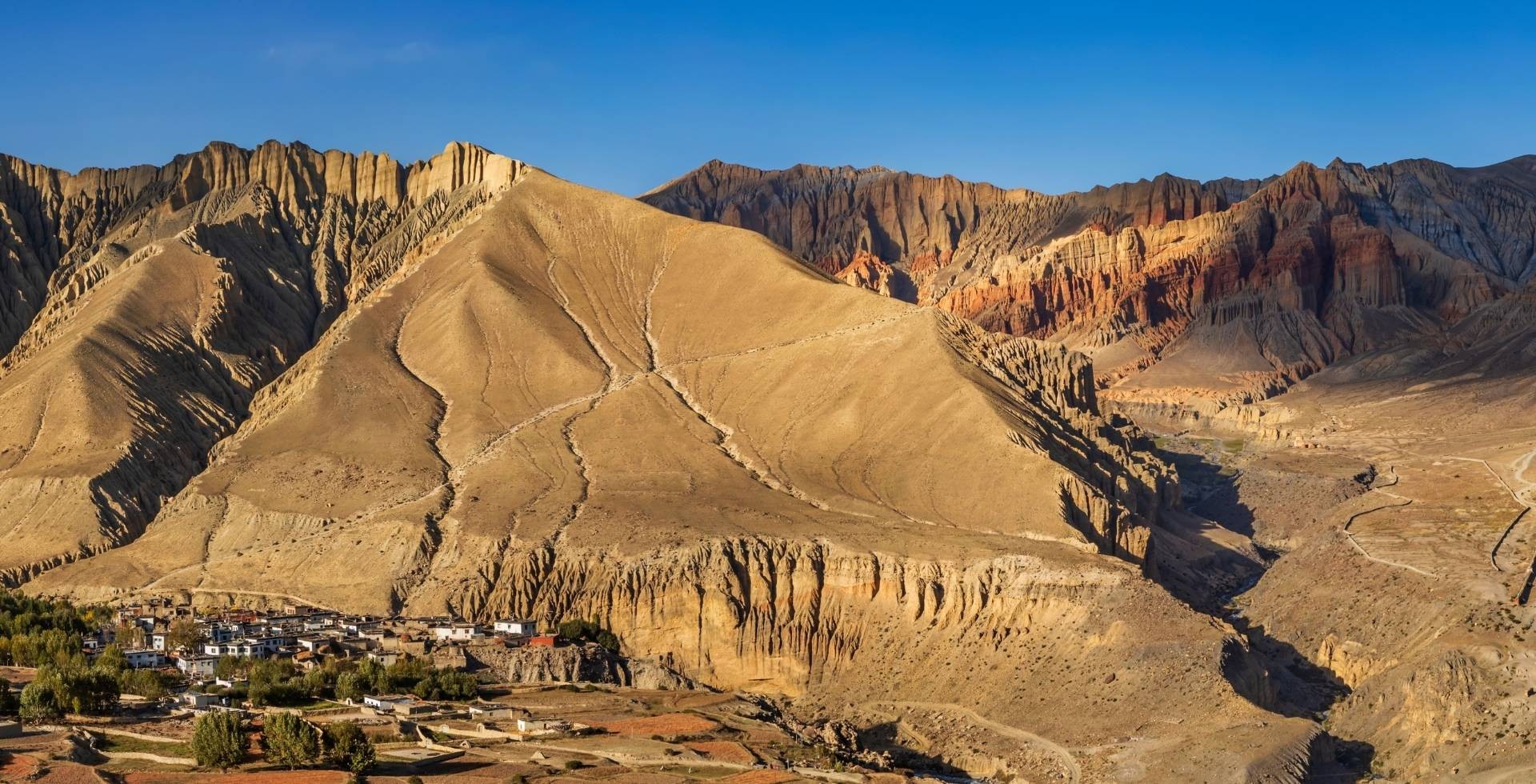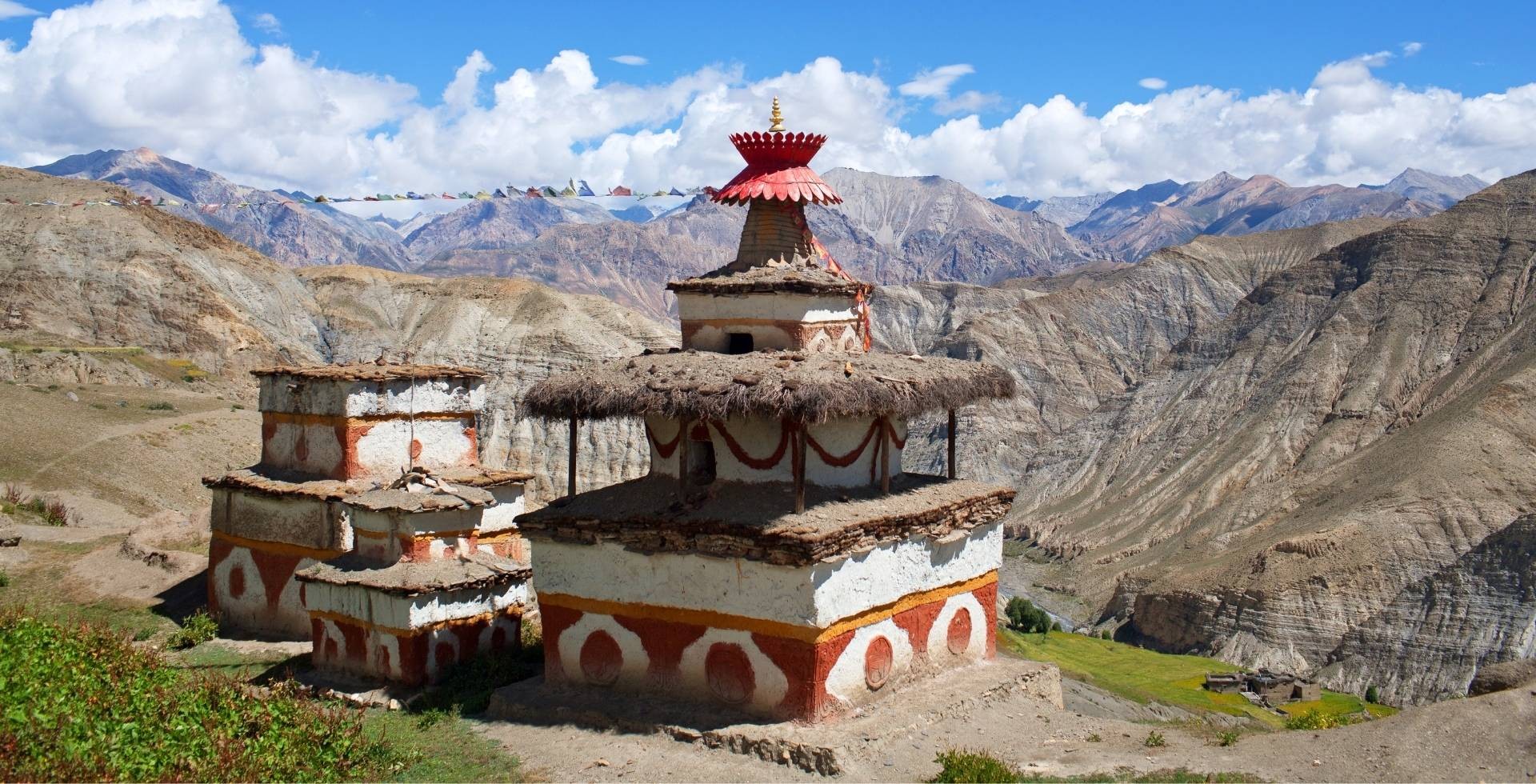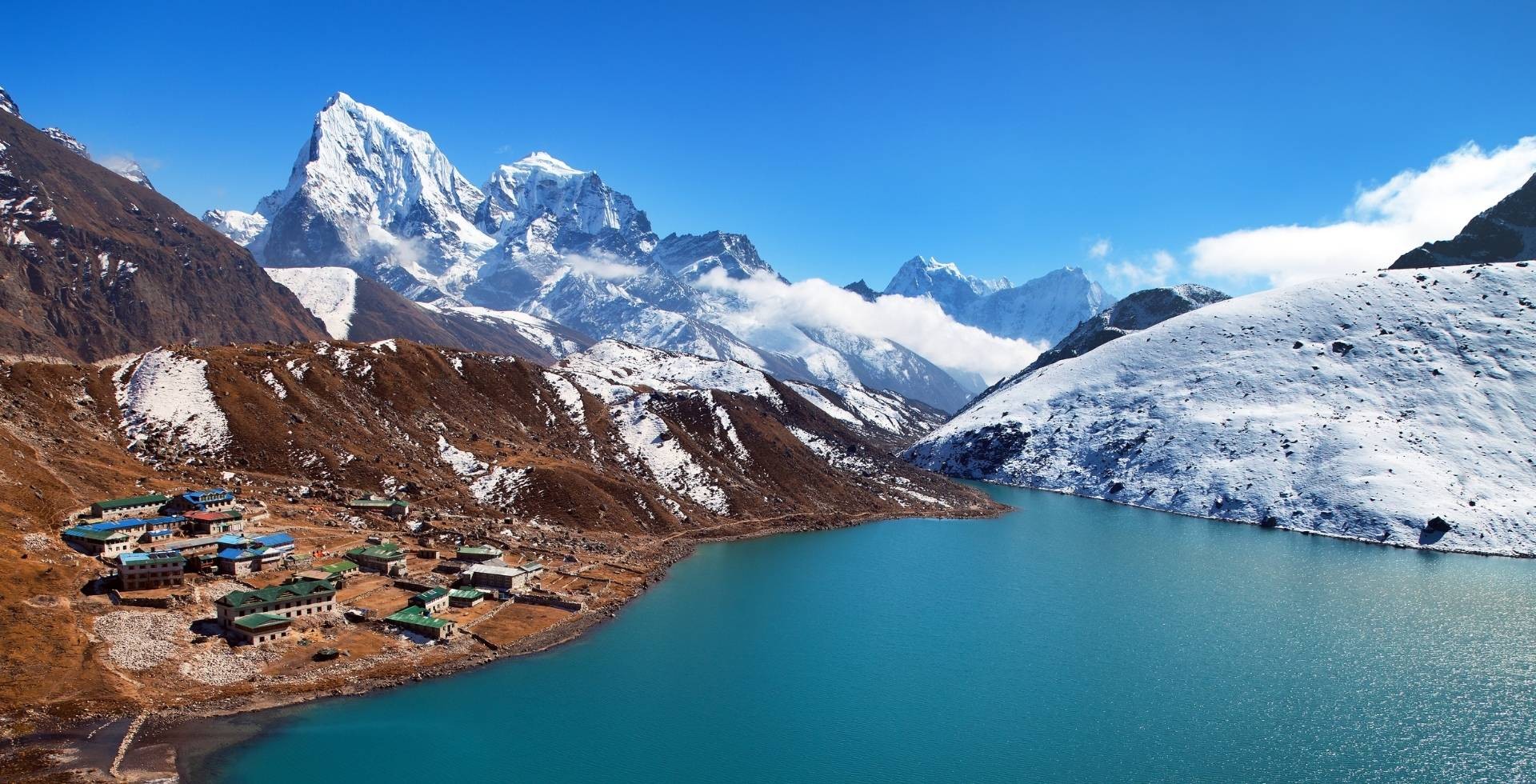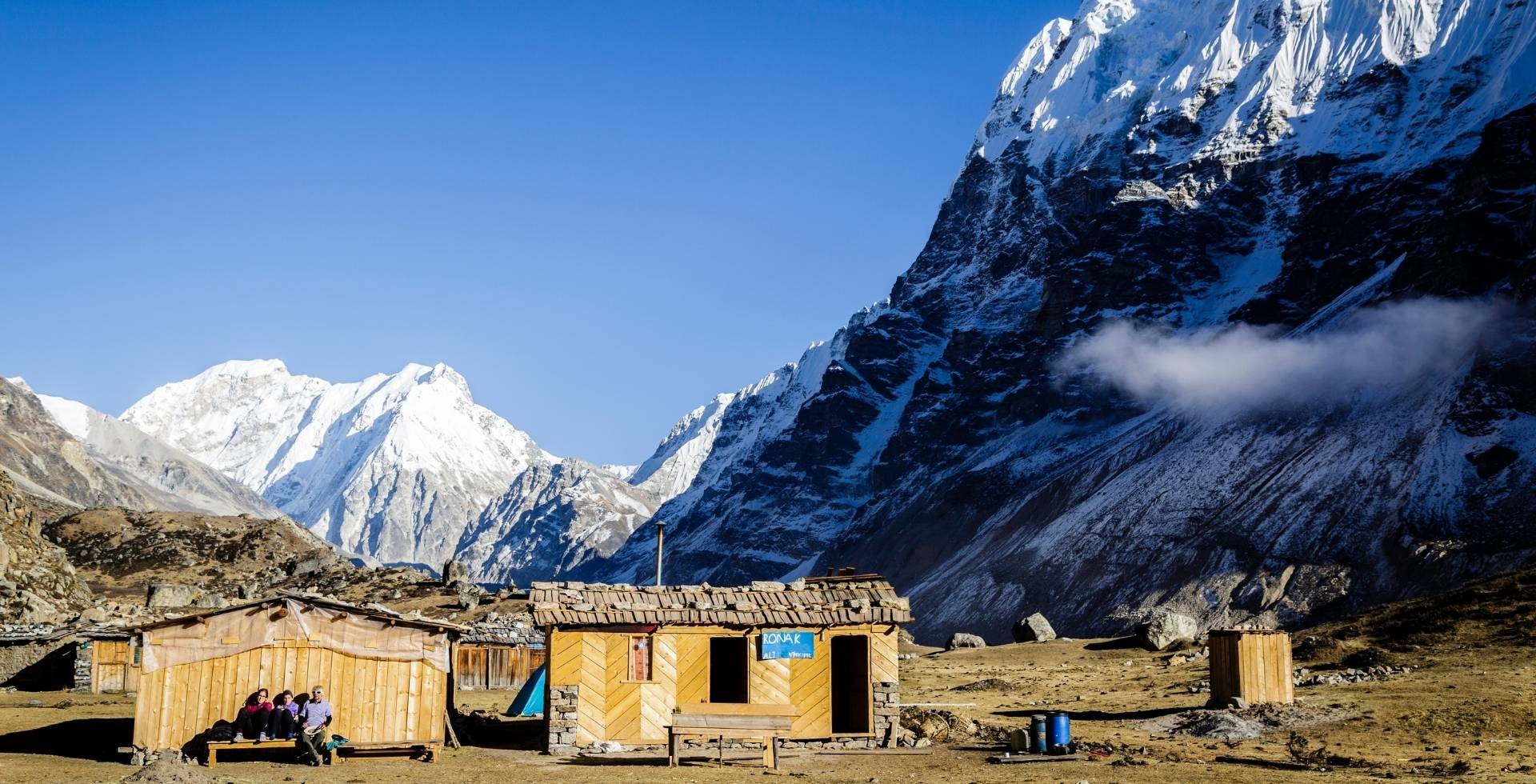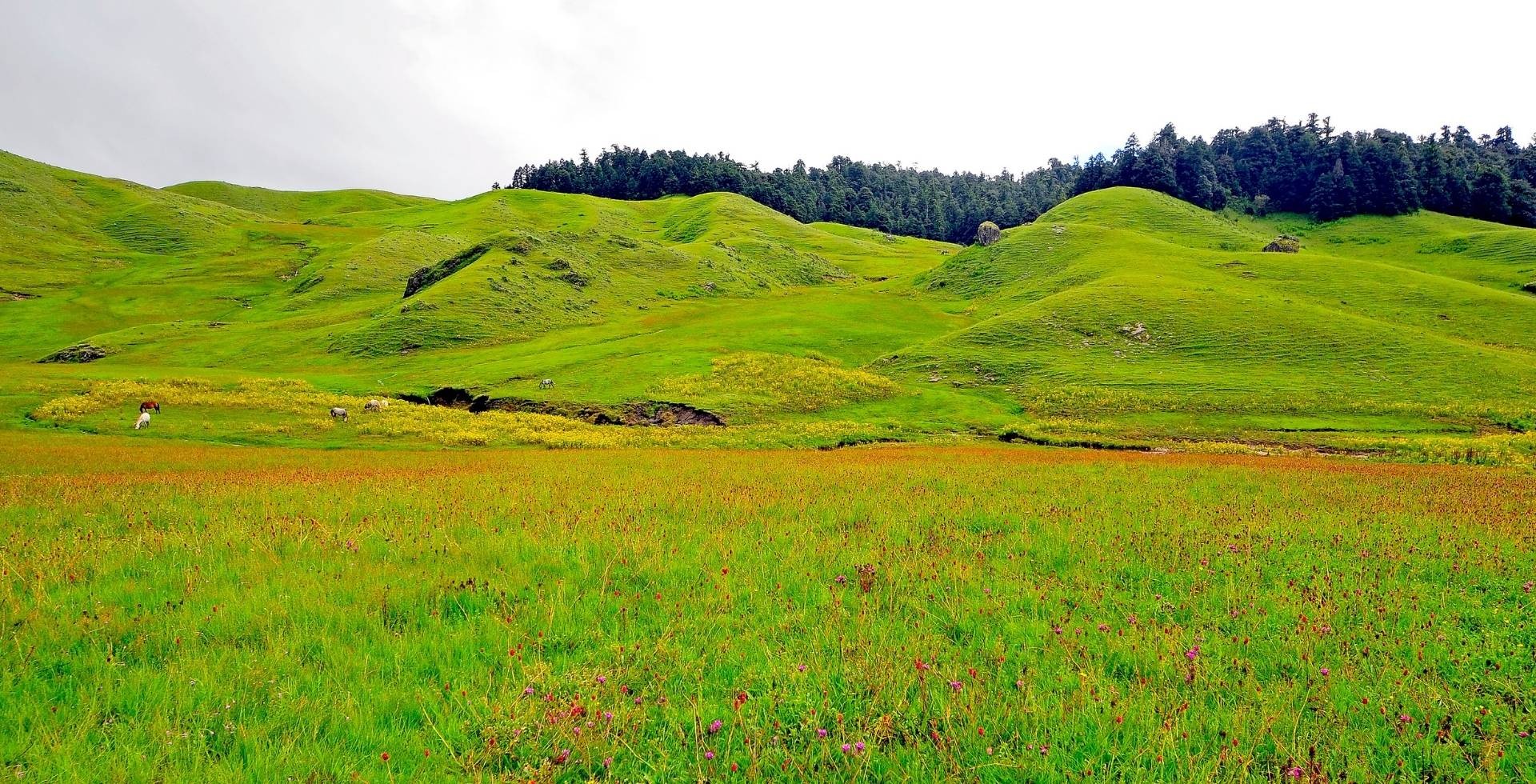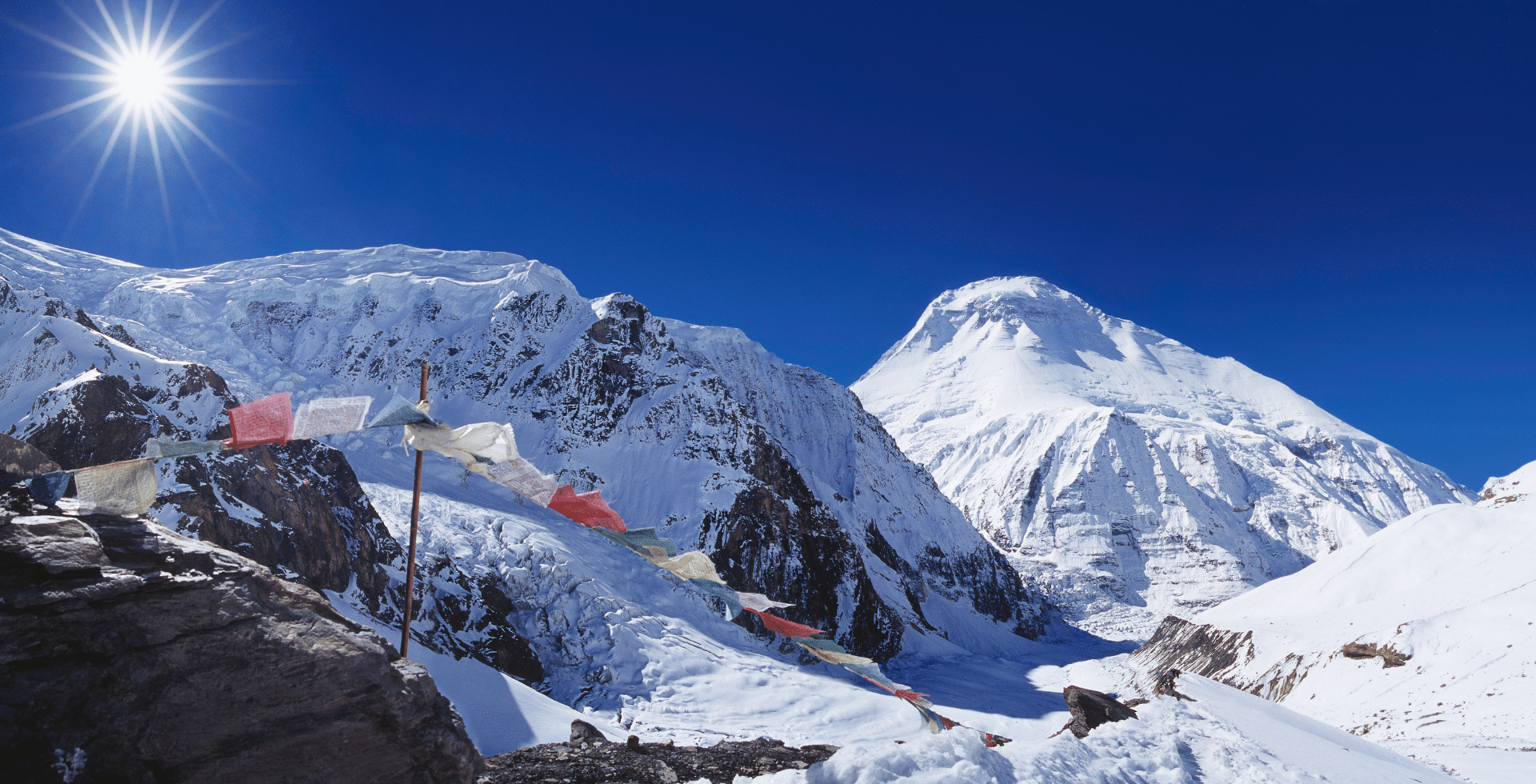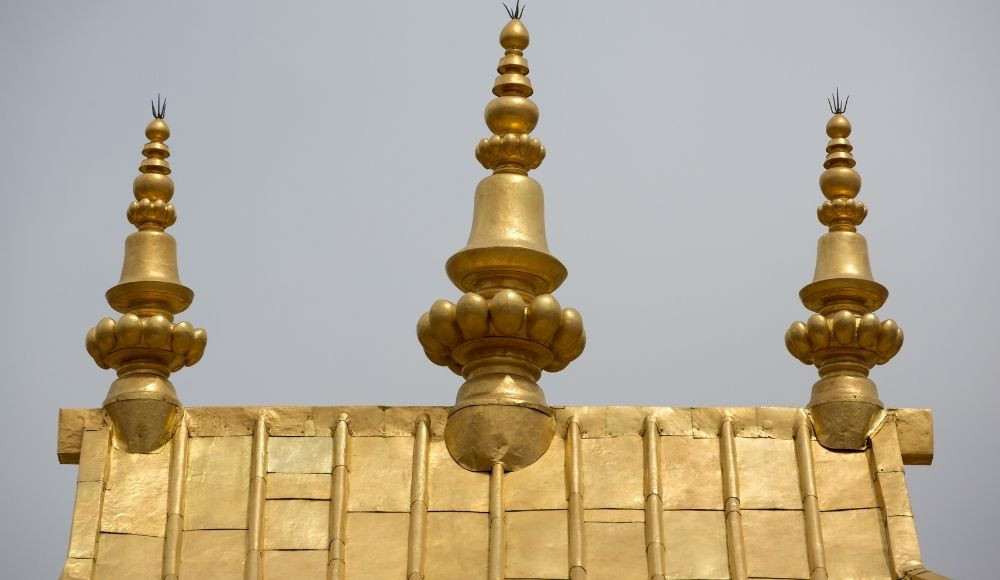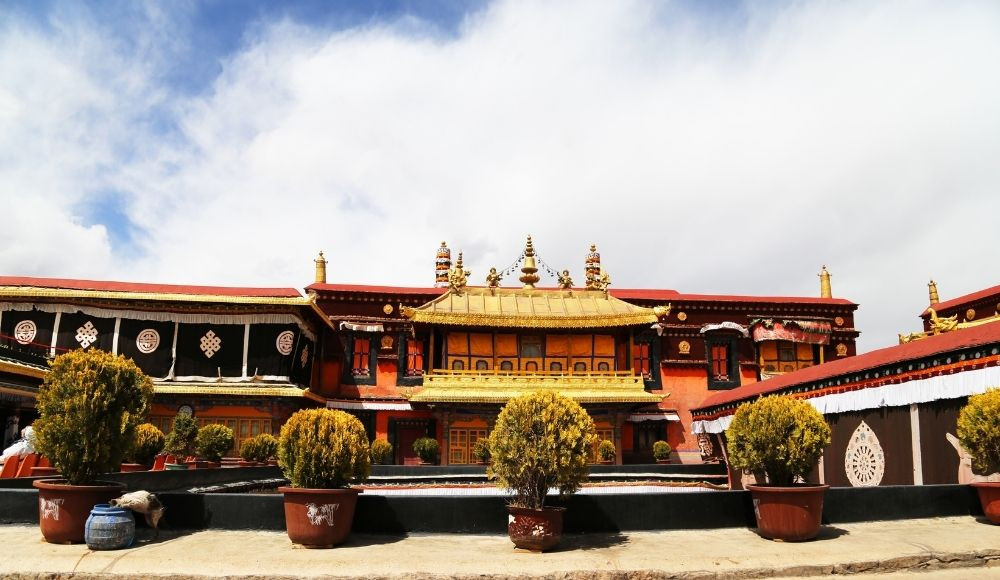A tour of the roof of the world. The Tibet combo tour is an absolute tour package to the Everest base camp and other heavenly places in Tibet. The Tibet Combo Tour is a complete package that will take you on a journey. This tour will take you on an unforgettable journey to the highlands surrounded by breathtaking landscapes and strong spirituality. This tour welcomes everyone from different walks of life as it takes you on both adventures and spiritual journeys. Now where and what is Tibet you may ask? Tibet is a glorious place full of mystery and jaw-dropping beauty located on the border of Nepal and China, not only does the spiritual hub lies on the border but the sky-piercing Mt. Everest also lies on the border allowing you to visit the base camp of the Everest (North Side).
During your tour, you will make an exclusive road trip to the North base camp of Everest from Lhasa. It's a perfect trip if you want to witness the beauty without weeks of challenging trekking. Along your way to the base camp, you will explore the prominent landmarks with a remarkable history and astounding beauty. Tibet is a center of one of the great religions meaning you will get to see architecture heavily influenced by its culture and traditions which you will see in the form of gorgeous decorations, unique architecture, and stunning religious sites. Most of the sites are preserved by the monks and also used as religious administration, where monks learn Buddhist doctrines and practice the teachings. You will see local and international pilgrims all over the lace laying homage to the temples and monasteries.
Tibet has a unique geography and is called the roof of the world as it is the world’s highest and largest plateau above sea level on the northern side of the Himalayan mountains. It is home to a rugged, arid mountain desert with several gorgeous landmarks that include some of the holiest lakes and mountains. You will visit these places through comfortable drives via high passes that grant panoramic views of the landscapes.
Attractions of Tibet combo tour:
This tour is designed so that you get to see the true beauty along with an insight into its strong belief system. This tour will take you to some of the most iconic monuments and natural places that will take your breath away, quite literally as you will be traveling at an altitude above 2,400m. Tibet has some of the most fascinating landmarks when it comes to historical structure. Most of the places mentioned in your itinerary are religious/spiritual sites in Tibetan Buddhism and have some sort of connection with Buddhism. This tour offers something for everyone no matter the walk of your life. This tour opens an opportunity to experience the peace, raw beauty, and unobstructed view of the tallest mountain on Earth- Mt. Everest.
Potala Palace - Highest Palace in the World.
The winter palace of his holiness Dalai Lama symbolizes Tibetan Buddhism and the central traditional administration of Tibet. The century years old monument was built as a gesture of love, commissioned by the Tibetan king Songtsen Gambo. The Potala Palace remains an iconic part of the region and a top destination for Buddhists around the world. The Potala palace holds outstanding universal value, enclosed within massive walls, gates, and turrets built of rammed earth and stone the white and red palace which represents the actual residence of his holiness Dalai Lama and the administrative part for the monks. This majestic landmark is situated 348 feet up the red hill into its sheer face so that the cliff appears to be part of the foundations of the building. Potala Palace rises from the red mountain in the center of Lhasa Valley at an elevation of 3,700m above sea level making it the highest elevated palace on earth. The massive palaces comprise 1000 rooms, tombs of all 8 Dalai Lamas, numerous precious shrines, thousands of hand-painted Thangkas, scrolls, murals, and sculptures of historical personals made out of priceless alloys and jewels. You can explore the palace and get to see the precious artifacts but you are not allowed to take pictures and videos as it is strictly prohibited. Get an insight into the winter palace of his holiness Dalai Lama.
Jokhang Temple - Palace of the Gods.
The House of Buddha, Jokhang also known as Qoikang Monastery is the Buddhist temple in Barkhor Street. Jokhang temple is the most important religious site in Tibet as it houses the statue from the time when Shakyamuni Buddha was still alive. Inside the temple is ye most revered structure in Tibet, the temple was built by Tubo King Srongtsen Gampo in 652 to marry the Nepali princess Bhirkuti. Along with the princess came precious statues/images of Akshobhya Buddha as her dowry. Jokhang temple has great significance as the name ‘’Lhasa’’ evolved from Jokhang temple at the beginning Lhasa was called ‘’Rasa’’, ‘’Ra’’ means ram while ‘’Sa’’ refers to land and combining, it refers to the land built by rams. Inside the temple, there are ancient statues decorated with precious metals and stones which are perfectly preserved to this day. Every day local pilgrims visit the temple and do their ritual to experience peace and show the sincerity of their religion.
Barkhor Street - Divine Pathway
The holy road. ‘’Barkhor pathway’’ Khor -meaning related to Circumambulation. The divine road is located around the Jokhang temple. This street is not only a part of the attraction but also a place that features the authentic city life of the native Tibetans and presents a unique architectural style. Besides being a religious site it is a great place to explore the market area as well. Religiously, Barkhor Street has been widely accepted as the most vibrant Barkhor. On both sides of the street, there are numerous stalls, local restaurants, shops, and street vendors. It is also the well-known Kora pilgrimage route in Lhasa. To try authentic food you can visit one of many local restaurants that serves delicious Tibetan cuisine. As you walk around the street you will see people Kora in a bit different way which is by laying on the ground and standing up while chanting Mantra, this shows the devotion they have for their religion.
Drepung Monastery - The Rice Heap.
Drepung monastery was the residence of the Dalai Lama before the construction of the Potala Palace was completed. Drepung monastery resembles a heap of rice and the name surprisingly means ‘’collecting rice’’. Drepung monastery is the largest and most important monastery in the Gelug school of Tibetan Buddhism, and the structure covers more than 250,000 square meters of ground. The monastery has earned its name for its highest academic standards, and has been one of the premier Buddhist universities in Lhasa for centuries, often referred to as the ‘’Nalanda of Tibet’’. Nalanda translates to ‘’giver of the knowledge’’. Besides the insight into the great monastery explore the garden palace (garden Phodrang) - the former residence of the Dalai Lama, Coqen hall (Tsokchen Lhakhang), the main assembly hall, Drepung Shoton festival - the Grandest Buddhist unfolding ceremony in Lhasa which is is held in midsummer, usually on July 1st according to the Tibetan calendar.
Sera Monastery - The hail monastery.
Sera monastery which translates to blooming wild roses in the Tibetan language. It is one of the three Tibetan Buddhist monasteries of Gelug. The monastery was founded in 1419 A.D. by the great Lama Jamchen Choeje Shakya Yeshe, one of the principal disciples of Lama Tsong Khapa. Sera Monastery used to be the largest monastery in the world with over 9,000 monks residing in 1959. Sera Monastery covers 28 acres of land and houses several institutes in its neighboring area. The entire monastery area consists of three parts i.e. great assembly hall, the main hall of sera, and three ‘’Zhacangs’’ (Colleges) built for housing Buddha statues. The monastery not only has spiritual importance but also houses monks learning Buddhist doctrines and dedicating their lives to society. The entire monastery is the attraction as a whole but tries not to miss the sand mandala, printing press, library, debating courtyard, and main assembly hall. Sera monastery is also a great place to observe the finest Tibetan Buddhist doctrine debate.
Yamdrok Lake - The Jade Lake of Tibet.
The Yamdrok Lake lying on the southern edge of the gray and green Nyenchen Tanglha mountain lake is one of the three holy lakes of Tibet. There are several lakes in Tibet and Yamdrok is one of the most stunning tourist attractions close to Lhasa. The lake lies on the way from Lhasa to Gyantse, you will see the beauty of the lake when taking a classic tour across the plateau to Shigatse and Mount Everest. This spectacular lake is a perfect place to visit for those that admire the breathtaking beauty of Tibet’s natural landscape. Besides the natural beauty, it has its spiritual importance as well. The magnificent lake boasts its natural turquoise color hence, it's called the jade lake of Tibet. The surrounding landscape of mountains and plains perfectly frames the lake for the best photos, including snow-capped mountains, Himalaya glaciers, and numerous islands that dot the lake's surface. You will drive through a high pass meaning you will get a stunning view of the entire lake along with the surrounding landscapes making it one of a kind lake.
Palcho Monastery - The auspicious wheel of joy.
Palcho Monastery located in Gyantse, Tibet, is also known as Pelkhor Choede and Palkhor Monastery is another important Buddhist site in Tibet for Tibetan Buddhists. Besides the religious significance, the monument also holds architectural significance, as it is a combination of Han, Tibetan, and Nepali Buddhist architecture. It is also known for its relation and high status in Tibetan Buddhism, for its high status is that it houses three sects of Tibetan Buddhism i.e. Gelug, Sakyapa, and Kadampa all together. Palcho monastery is quite a complex landmark as it is the 3-D representation of a Mandala, considered the largest structure similar to Tsuklakhang monastery which also includes Kumbum. Architecture scholars declare that 108 Chapes located on several floors of Palcho Monastery is one of the most notable features that can be found in the Palcho Monastery and it also includes an ancient fort i.e. popularly known as Dzong Fort. Some of the noticeable structures found in Palcho Monastery are the Kumbum - a symbol of Gyantse, the Ksulaklakang Monastery or main temple, the hall of Buddhist monks, and the Gyantse fort.
Tashilhunpo Monastery - The heap of glory.
Tashilhunpo or Tashi Lhunpo, the full name translates to ‘’all fortune and happiness gathered here’’ or simply ‘’the heap of glory’’. The monastery is located on the southern slope of Nyiseri mountain in the west of Shigatse city. It was built in 1447 by Gedun Drupa, the first Dalai Lama. It is the largest monastery in the Tsang area and also is the traditional seat of successive Panchen Lamas. This monastery houses a massive statue of the Jampa Buddha statue, which is the Maitreya Buddha in Chinese Buddhism. There are also pictures of previous Panchen Lamas. Besides the religious purpose, this monastery involves exploring unique architecture and historical sites, like Coqen Hall, Chapel of Jampa, 4 great Dratsangs, 56 Sutra Hall, and 64 Kamcuns. The monastery is built around the giant statue of the future Buddha and you get to see the statue up close and notice all the details. The walls of the monastery are covered by religious murals which date back centuries. While exploring the monastery you will have to climb steep stairs which is a unique experience on its own.
Rongbuk Monastery - the highest monastery in the world.
Rongbuk monastery also known as Dzarongpu or Dzarong is the highest monastery in the world at an elevation of 5,000m beside the Everest base camp (North Face). It is located at the end of the Dzakar Chu valley, the monastery itself is dedicated to Guru Padmasambhava - one of the founding fathers of Tibetan Buddhism. To reach the viewpoint of the Everest base camp one must pass through the monastery as it is beside the viewpoint. In the monastery, monks and nuns are living. You can explore the monastery and see the traditional murals and monuments representing Tibetan Buddhism's beauty. Walking forward from the Rongbuk monastery, you will see the famous Rongbuk glacier, which is the largest among all the hundreds of glaciers formed around Mt. Everest. Another interesting fact about this monastery is that in April month to the Tibetan calendar, the monastery holds a religious ceremony to celebrate the birth of Sakyamuni, which is known as the Saka Dawa Festival, that lasts for three days straight.
Everest Base Camp - North side of Mount Everest.
Everest, with its location on the border of Nepal and China, is with the South face located in Nepal and the North face being on Tibet, China side. The Everest Base Camp in the Tibet side is located in Tingri, Shigatse on the northern side of Mount Everest. The base camp on the south side of Nepal is located at an elevation of 5,364m whereas the north base camp is located at an elevation of 5,150m, making it slightly easier to reach. From here you will see the tallest mountain on earth, Mt. Everest 8,848m. Reaching the base camp of the tallest mountain on earth seems very challenging, which is but from the Tibetan side it's easier as you can drive to the top from Lhasa on the well-paved 900 km road. No matter the south or north side you get a gorgeous view of the great mountain nonetheless.
Namtso Lake - the Heavenly Lake.
Namtso/Namucuo or Lake ‘’Nam’’ translates to Heavenly Lake in the Tibetan language. It is the second latest saltwater lake in China and the largest in Tibet. It is one of the major attractions in Tibet as its beauty enchants its visitors by its magnificent beauty. The lake is surrounded by snow-capped mountains giving it a magical sight. The stunning mountain lake is located at Nagqu, in a northern town of approximately 200 miles/323 km from Lhasa. The marvelous lake is bordered by endless mountain chains. This place is also a paradise if you are into night skies and you can see the entire milky way galaxy above the majestic lake from September to October. This place is perfect for stargazing and soaking in the beauty to its fullest. As you breathe in the crisp air witnessing the beauty it almost seems unreal and out of this world, truly making it the heavenly lake.
